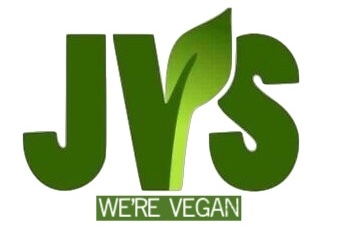Over the last fifty years there has been a dramatic rise in global meat consumption. Between 1961 and 2007 the world population increased by a factor of 2.2 The World at Six Billion, United Nations Department of Economic and Social Affairs Population Division, 1999., but total meat consumption quadrupled, and poultry consumption increased 10-fold. This is partly due to population increase, but also a desire by developing countries to adopt the “affluent” Western meat-heavy diet, and a drive by meat producers to push people in that direction. In addition, people in Western countries are consuming twice as much meat as they did thirty years ago ((10 ways vegetarianism can help save the planet”, The Guardian, Sunday 18 July 2010.)). The continuation of these meat-eating habits will have devastating effects on our planet’s capacity to feed the world’s population.
Indeed, whilst 850 million people around the world suffer from hunger or malnutrition, one third of all cereal crops and more than 90 per cent of soya is turned into feed for farmed animals (Global Warning – The impact of meat production and consumption on climate change, Dr Rajendra Pachauri, Chair Intergovernmental Panel on Climate Change, Speech at Compassion in World Farming, London, September 8, 2008)). If fewer animals were bred for meat, dairy and eggs, these crops could be fed to people instead. By some estimates, the same amount of land that it takes to produce enough meat to feed only two people could grow crops to feed maize for 10 people, grain for 24 people or soya for 61 people (Gellatley, J. The Livewire Guide to Going, Being and Staying Veggie, Livewire, 1996.). Currently two thirds of the Earth’s cultivatable surfaces are given over to meat (either as pastureland, or to produce food for the animals) (Lovemeatender, DVD, Planète Vie, 2011.).
To compound this wastefulness, animals convert plant protein into meat protein very inefficiently: only 5 to 25 per cent of what the animal eats (depending on the animal) is converted into edible meat. For example, for every 8 kg of grain a cow consumes, just 1 kg of edible beef is produced ((Eating the Planet: How we can feed the world without trashing it, Friends of the Earth and Compassion in World Farming, November 2009.)). Similarly, it takes 3 kg of cereals to make one kg of chicken and 5 kg of cereals to produce one kg of pork ((Lovemeatender.)). The rest of the calories the animal eats are burned away raising the animal to slaughter weight or contributing to feathers, blood, bone tissue and other parts of the animal that are not eaten by humans.
Put simply, a huge amount of land is being used to produce a comparatively small amount of animal protein (in relation to how much plant food could be grown instead), which is fed to the minority of the world’s population who can afford, and have access to, meat. This is an unfair and unsustainable distribution of planetary resources.
